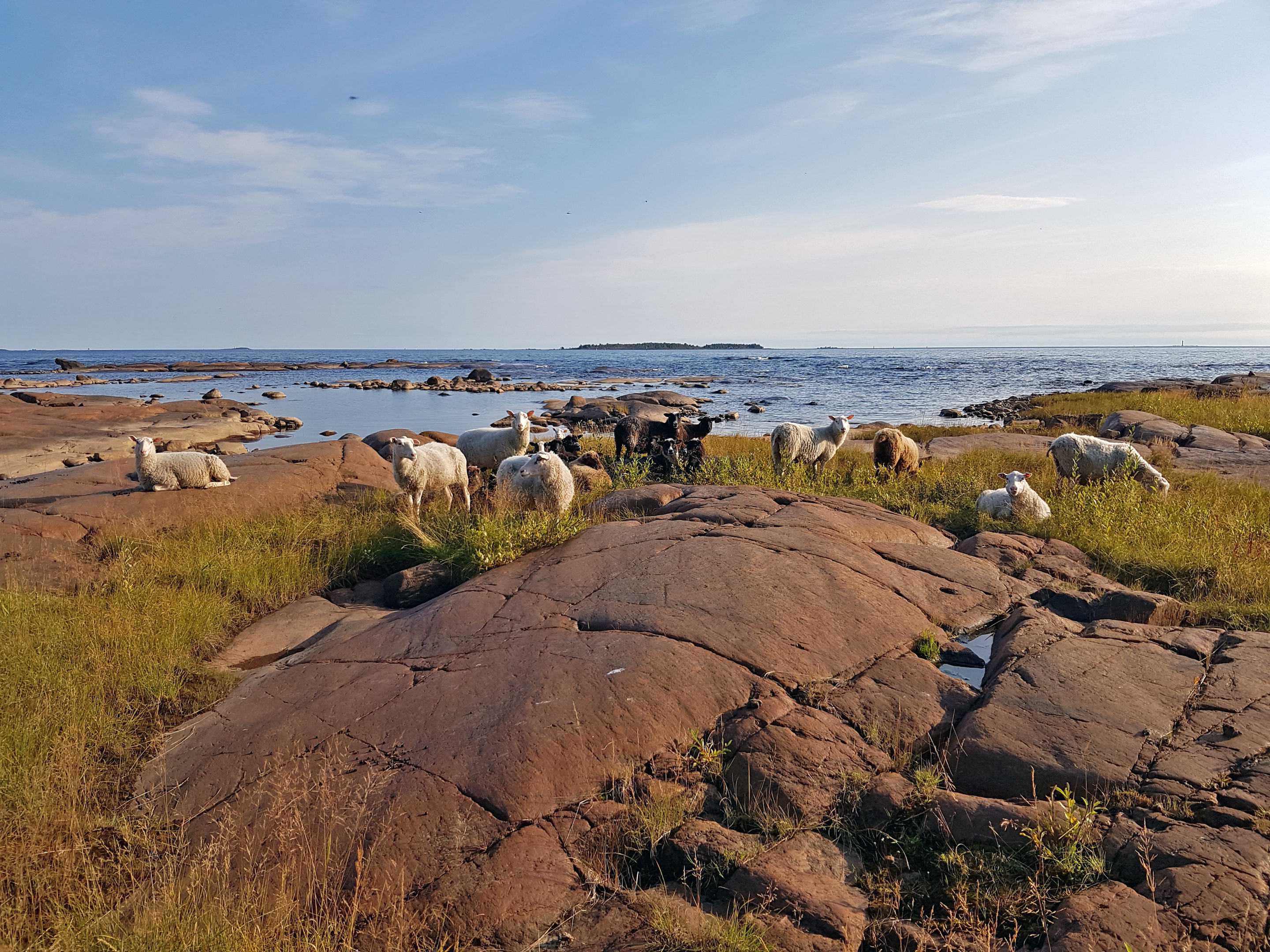Murhaniemi Cape in Ajos
The Murhaniemi nature reserve was established in 1994. The aim was to provide recreational opportunities and conserve a part of the coastal wildlife of the Bay of Bothnia.

Murhaniemi offers ideal opportunities for learning about local wildlife and hiking. The area covers about 60 hectares and includes 2.5 kilometres of coastline. Ownership of the land is mainly divided between the city council and the collectively owned private area of Inakari.
Murhaniemi is located just off the coast of Kemi in the southern part of the Ajos island. The area can be easily reached by following the road leading to the oil port of Ajos and turning left before the oil port gate onto the wind farm and the road leading to Murhaniemi.
By continuing along the Murhaniemi road you will reach the nature reserve. You can also access Murhaniemi along different paths starting from the residential area of Ajos.
The area is accessible on foot, with the exception of the yards of private rental cottages and the old radio lighthouse. The freedom to roam principle does not apply to these areas.
It is forbidden to use motor vehicles outside the road leading to the cape. Littering, picking plants, harming animals, and altering the soil and bedrock are prohibited.
You may pick berries and mushrooms and enjoy the wildlife. Campfires may only be lit in designated areas. You can sit down at a campfire site, have a picnic and enjoy the peaceful nature.
The Murhaniemi area gives you a chance to explore the diverse coastal wildlife of the Bay of Bothnia. Hundreds of bird species nest in this area that is full of lush and versatile plant life. Several endangered plants thrive in Murhaniemi, including orchids and sea buckthorn.
You can marvel at the coastal ponds, spilt over from the sea, coastal meadows, sandy and rocky beaches, woodlets and marshlands. Murhaniemi has beautiful landscapes. Its southern shore overlooks the open sea. This is an ideal sport for admiring the free waters and rugged coastal nature of the Bay of Bothnia.
The sea is still receding due to land uplift. Murhalahti came about when a group of islands merged together. It began to take form about 300 years ago, when the land started to expand in the direction of the present cape.
In terms of flora, Murhaniemi is a diverse and interesting place to visit. Its versatile nature boasts several rare plants. The lush greenery protects both the animal population and soil, while the trees provide protection from the occasional strong breeze.
The Kemi region belongs to the central taiga coniferous forest zone. Pine is a dominant tree species here and it has adapted to barren areas. Spruce is a newer tree species that thrives even in the shade. The soil is rich in nutrients and calcareous, which is demonstrated by the presence of woodlets, marshlands, and demanding plant species such as orchids.
The area’s spectacular rocky beaches include spherical granite formations, which are protected based on the Nature Conservation Act. There is also a natural spring close to the sea.